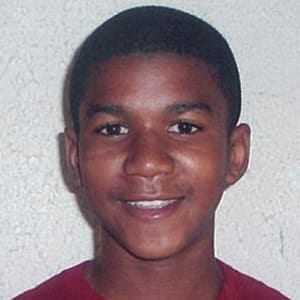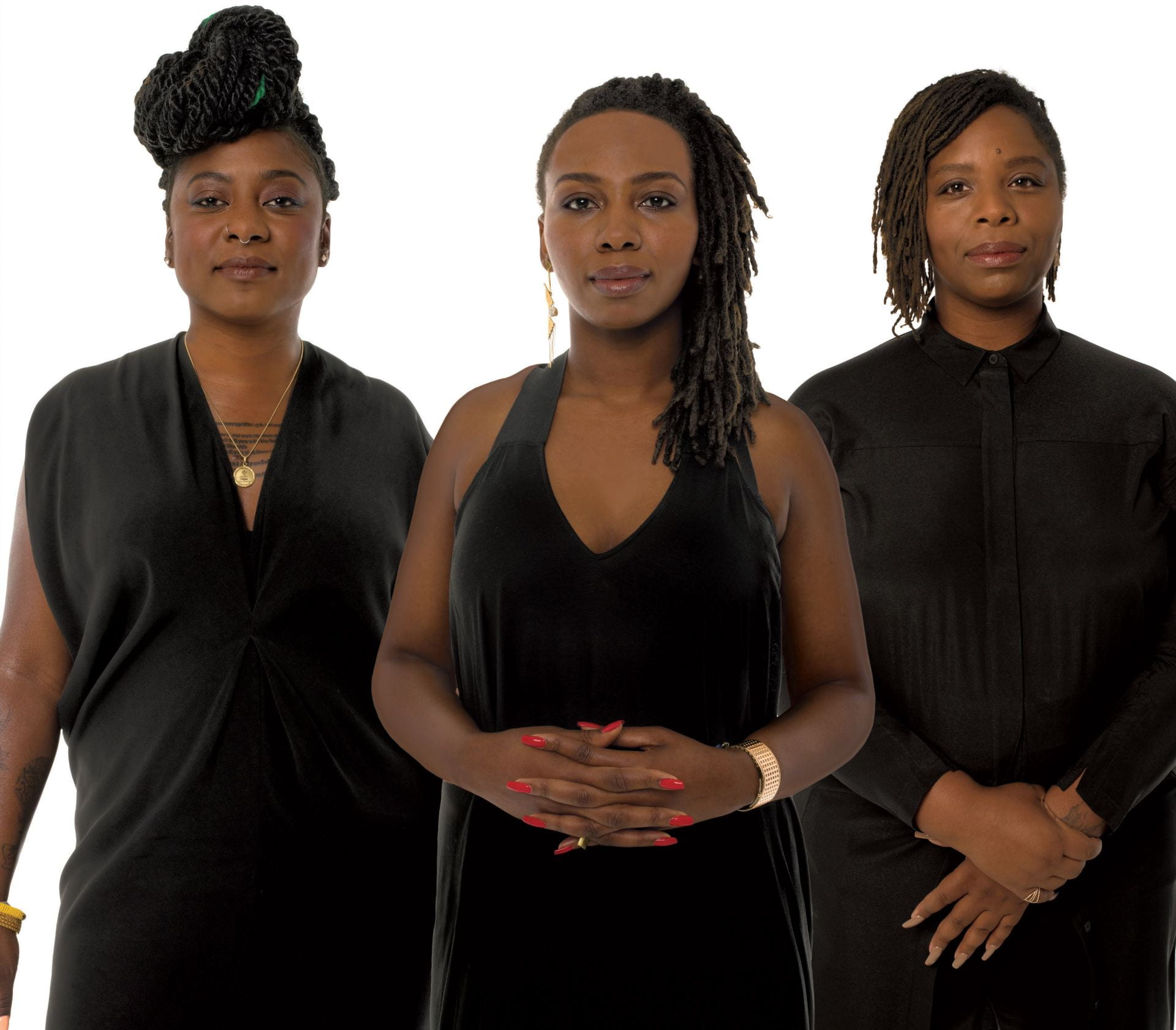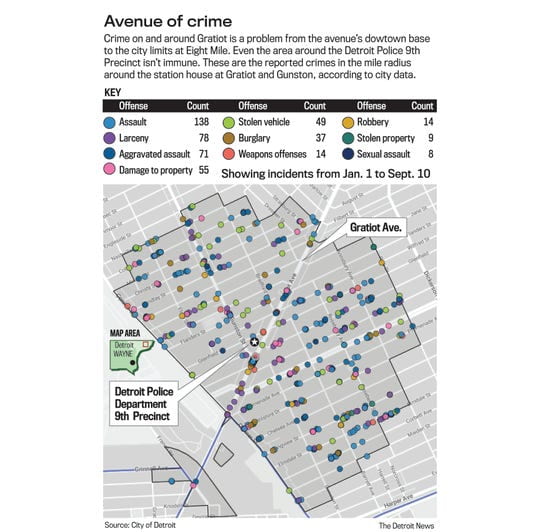Immigration and the U.S. Border Crisis
The amount of Haitian migrants coming to the United States has increased dramatically in recent decades. In 1960, only 5000 documented Haitian migrants lived in the United States, and as of 2015, 676,000 Haitians live in the U.S. The influx of people is due to Haiti’s political instability, economic troubles, and the devastation from the 2010 Earthquake. The U.S. has the largest migrant population of people from Haiti in the world. Miami, New York, and Boston are the top three locations where these immigrants settle (Schulz, 2017).
In American Street, Fabiola and her mother are two of many Haitian migrants who have come to the United States seeking a better life. Fabiola’s mother is detained at the airport by U.S. Immigration in New York while en route to Detroit, which is where Fabiola goes to stay with her aunt and cousins.
When Fabiola first arrives, she is faced with culture shock. The religion she practices, vodou, is seen as taboo amongst her American peers. The differences between her home in Haiti and her aunt’s home in the U.S. are staggering between the food, the physical set-up, and the interactions between her cousins. Many migrants experience the phenomena of “culture shock,” which is defined as “the anxiety that results from losing all of our familiar signs and symbols of social intercourse.” (Oberg, 1960). Fabiola not only experiences the anxieties of culture shock, but she also has to face being separated from her mother at the border, which is unfortunately a common occurrence for migrants today.
Currently, there is a United States border crisis. Although the majority of migrants facing deportation and separation from their families are coming from south of the border, Fabiola’s experience of being separated from her mother mirrors many migrant children’s experiences today. According to Time, nearly 5,500 children have been separated by their parents at the border as of October 2019. Many of these children are in government custody, or are released to relatives or shelters while their parents are being prosecuted (Rizzo, 2018). While the media mostly talks about these migrants being from Mexico, there are also many African and Caribbean natives facing the same crisis. In June 2019, there was a surge of African migrants at the border who were seeking asylum. Many of these immigrants have stated that they want to come to America for reasons similar to Fabiola: a better economic life (Feinberg, 2019).
Fabiola’s story is one of many resulting from today’s border crisis. Through fiction, Zoboi portrays the struggles of getting to a new country, adjusting to said country, and being denied entry. American Street is a relevant and relatable narrative for many teens today, whether they themselves are going through the process of immigration or are seeking to become more educated about it.
Sources:
Police Brutality: Trayvon Martin
Towards the end of American Street, Ibi Zoboi raises the idea of protecting the Black community from police brutality in a plot line inspired by the case of Trayvon Martin in 2012. Trayvon Martin was 17 years old when he was shot and killed by a neighborhood watchman, George Zimmerman. When Zimmerman was arrested six weeks later for second-degree murder, no one knew the case would erupt into a movement to save the lives of the Black community from police brutality.
George Zimmerman, Trayvon’s murderer, was a resident of The Retreat at Twin Lakes in Sanford, Florida. He was licensed to carry a firearm, and between the months of August and February, he called the police several times in order to report “suspicious individuals,” all of whom were black. On February 26, 2012, Martin left the house in order to purchase Skittles and iced tea. Zimmerman reported Martin as suspicious with a phone call to the police. Zimmerman disobeyed the dispatcher’s instructions to not leave his vehicle to follow Martin. Zimmerman pursued Martin, causing Martin to run in fear. This ultimately ended when Zimmerman shot and killed Martin. Additionally, security cameras from 7-11 showed no criminal behavior from Martin. At the time of his murder he was on the phone with his Haitian immigrant girlfriend, whom he told that he was being followed.
Zimmerman was taken into custody when police arrived on the scene, claiming he shot Martin in self-defense. He was released with no charges shortly after. When Martin’s father discovered that no charges were filed, both his father and mother acquired a lawyer and filed an online petition for Zimmerman’s arrest. He was arrested on April 11, 2012, and charged with second-degree murder. In July 2013, the jury acquitted Zimmerman of murder. This was the beginning of protests in America to prevent the destruction of other Black individuals in society.
Black Lives Matter Movement
After Zimmerman was acquitted, three Black women — Alicia Garza, Patrisse Cullors, and Opal Tometi — created a politically-focused Black organization. This was called Black Lives Matter, or BLM for short, and it was one of the biggest movements concerning the lives of black individuals in history. BLM utilizes its platform to provide and push the conversation about violence against Black people. BLM also acknowledges the need for Black liberation for women, transgender, and queer people that see little recognition in day-to-day lives.
Accomplishments of the Movement:
-
-
- Missouri State University protests lead to the university president’s resignation. Students claimed that racial issues were a part of the campus for years.
- Activists fought for the removal of Confederate flags in public areas.
- There has been more recognition for Black trans violence.
-
Watch a video on Trayvon Martin’s story and Black Lives Matter here.
Sources:
Drugs and Violence in Detroit Michigan
Detroit, Michigan is known as one of the most dangerous cities in America, being plagued by drugs, poverty, and violence. In 2018, Detroit’s violent crime rate was 2,008 crimes per 100,000 people, which is an estimated 13,478 violent crimes in total. According to the FBI’s Uniform Crime Reporting Program, the population counted for the city of Detroit in 2018 was 672,275 people. The amount of violence stems from multiple types of heinous crimes, including 261 murders, 988 rapes, 2,309 robberies, 9,920 aggravated assaults, and much more.
A leading cause of violence in the city is due to the drug scene. Statistics show that 16.6% of people over 12 years old in Detroit use illicit drugs yearly, which is above the national average at 14.7%. The drugs that have dominated the Detroit area in recent years are Fentanyl and Carfentanil, which was also responsible for the 56% increase in drug overdoses going into 2016. Other highly recognized drugs that are common in the area include cocaine/crack, methamphetamines, heroin, and prescription opioids. As these drugs become more popular, they become easily accessible to more people. A Detroit News article states that “Officials say users have learned they can obtain a dose of heroin, often laced with fentanyl, an artificial opioid, for about $10; a single painkiller pill, like OxyContin or Vicodin, could cost upwards of $80.”
People who get caught up in drugs and violence in Detroit are not always voluntarily getting involved in these situations. In American Street, Fabiola’s cousins and acquaintances are somewhat forced into a life of drug dealing just to make ends meet. Some people engage in drug related activities to keep up with an addiction, or to simply get a few dollars to help pay bills and find a meal. Chairman William Broman of Wayne County explains in The Detroit News that people do what they have to. It can come down to “going hungry or selling a bag of dope to an addict to buy food.” Detroit gets a bad rep for drugs and violence, but in reality a lot of it can be seen differently to people who have to suffer through this type of danger; to them it’s just a way to survive.
Emily Fishel, Kaitlyn Carreras & Hannah Summers, 2019






